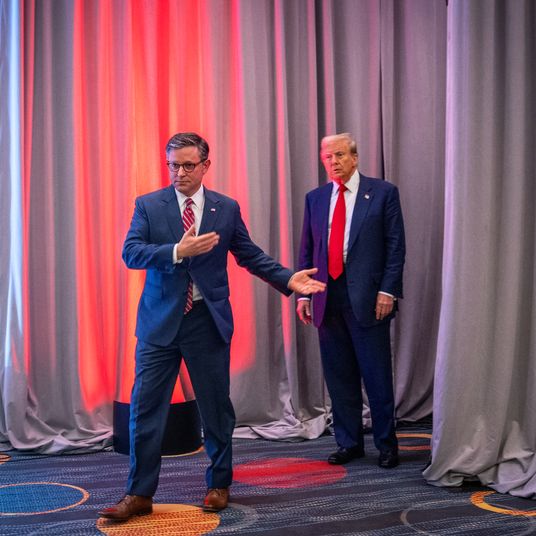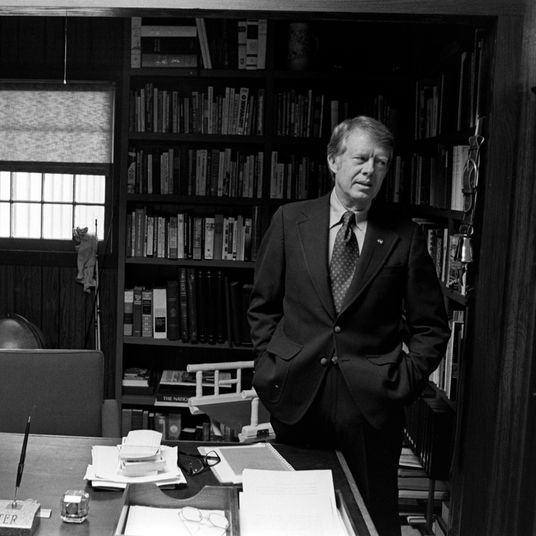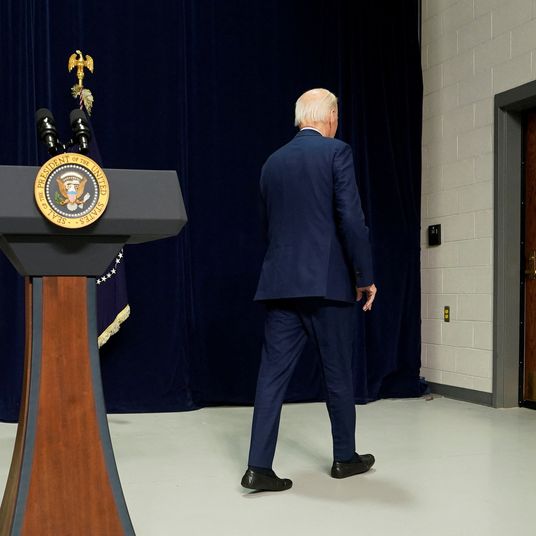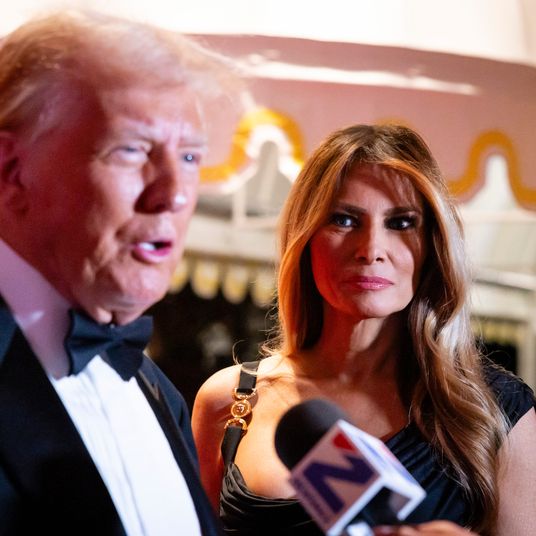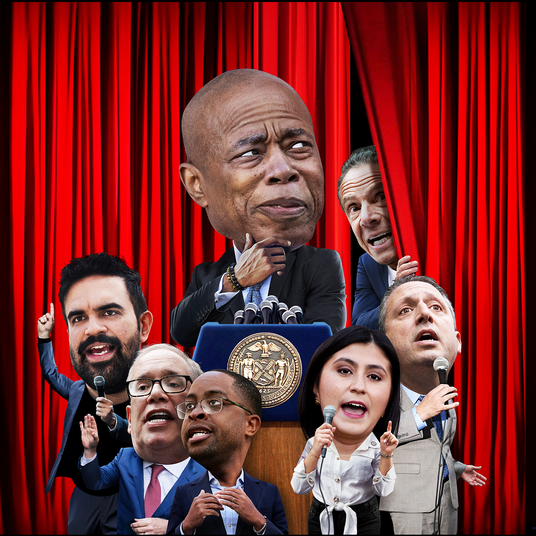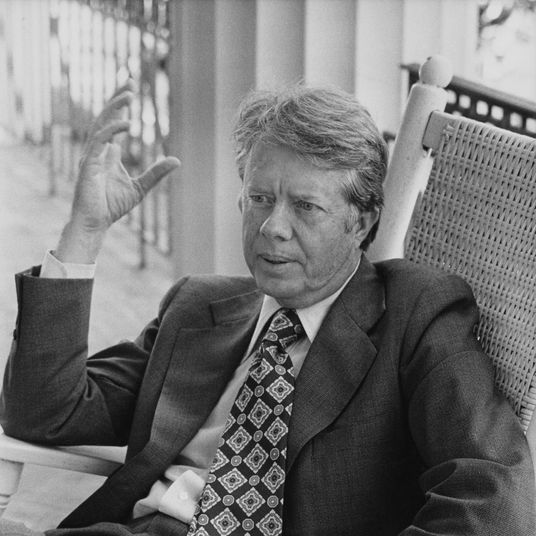
America’s premier newspapers and magazines publish a new article on pickleball seemingly every 20 minutes. Common themes include, but are certainly not limited to: the bitter feud between pickleball players and the tennis players whose courts they’ve infiltrated; the bitter feud between pickleball players and local residents who can’t stand the distinctive “popping” sound of ball coming off paddle invading their airspace; and the community-building magic of the sport itself (that genre often features a onetime skeptic’s eventual conversion).
The Sports & Fitness Industry Association estimates that 4.8 million Americans played pickleball in 2021 (more recently, the Association of Pickleball Professionals put the number of players last year at 36.5 million). It’s been a long time since a sport has risen from obscurity to ubiquity so quickly, and with its wide and still-growing fan base, this one seems here to stay. Now, after a period of explosive grassroots growth during the pandemic, pickleball has entered a more mature phase in its evolution: the money grab. Dueling professional tours are crisscrossing America. Pickleball superstars have emerged, though they are not well known to the broader public. Sports-celebrity investors like LeBron James and Tom Brady (whose financial judgment has proven infallible) are saturating the pickleball space.
The natural next question for the corporate interests who want a piece of all this: whether pickleball translates to television. A recent Times piece examining the question notes that Fox Sports, the Tennis Channel, and ESPN already show matches, but the sport’s bigwigs are eager to vastly expand its footprint across outlets. Pickleball has successfully colonized America’s recreational spaces. Can it colonize America’s eyeballs?
Well, I already have the answer, and it’s one that could save networks a lot of money. That answer is “absolutely not.” Why? It’s simple: Pickleball looks really dumb on television. For undeniable proof of this fact, you only need to watch a minute or two of a high-level match. Here’s one I plucked pretty much at random: a showdown between Ben Johns, ranked the world’s best pickleball player in singles and doubles, and JW Johnson, who won multiple medals at last year’s New York City Open, one of an array of new pickleball events.
There’s a certain pleasurable novelty at work, but can you honestly imagine yourself watching more than five minutes of this on your television or phone? Can you see yourself becoming emotionally invested in the peaks and valleys of a pickleball match you weren’t personally witnessing? Can you imagine pickleball displacing any other sport you currently watch?
And again, these are the best pros!
The main problem is pickleball’s inherent casualness. The sport’s accessibility — the playing space is a fraction of the size of a tennis court — is perhaps its central selling point. The barrier to entry, and even to a credible level of play, is very low, which is one reason it has become so popular with older Americans in particular. From a televisual perspective, though, this is an Achilles’ heel. The best players in the world are undeniably talented, but the sport’s basic setup makes it impossible for anyone playing it to look all that impressive. Naturally, there are all kinds of advanced strategies that go into becoming a world-class pickleball player. Yet the physical manifestation of those strategies doesn’t translate into exciting viewing because the players aren’t moving all that much. It’s all too slow to be very dynamic.
What’s outwardly lacking is a clear demonstration of athleticism — which is one thing the most popular televised sports have in common. Pickleball, on the other hand, is tailor-made for people who might fare far worse at more physically demanding activities. That puts it in the category of bowling or curling: sports in which the average television watcher can too easily imagine themselves performing at least some of the feats on display.
If the play itself wasn’t enough of a problem, there’s the audio. The crack of a baseball bat; the thwack of a tennis ball; the brutal smashing together of bodies in football; these are all satisfying and evocative, even primal. Pickleball’s sound motif is that grating “pop,” again and again and again. It’s a noise that, if it doesn’t provoke straight-up irritation, connotes fun for the entire family, amiable goofiness — not high-level competition. It all adds up to a viewing experience that seems at home on Tubi channel 423, or, to put it in ’90s kids terms, on ESPN at 3:30am, just after the World’s Strongest Man championships.
Pickleball has taken America’s assisted-living facilities and much of the rest of the country by storm. It has successfully rattled tennis loyalists across the land. (I’m one of them, as you may have guessed.) But its appeal only goes so far because it’s just too damn goofy for prime time.








